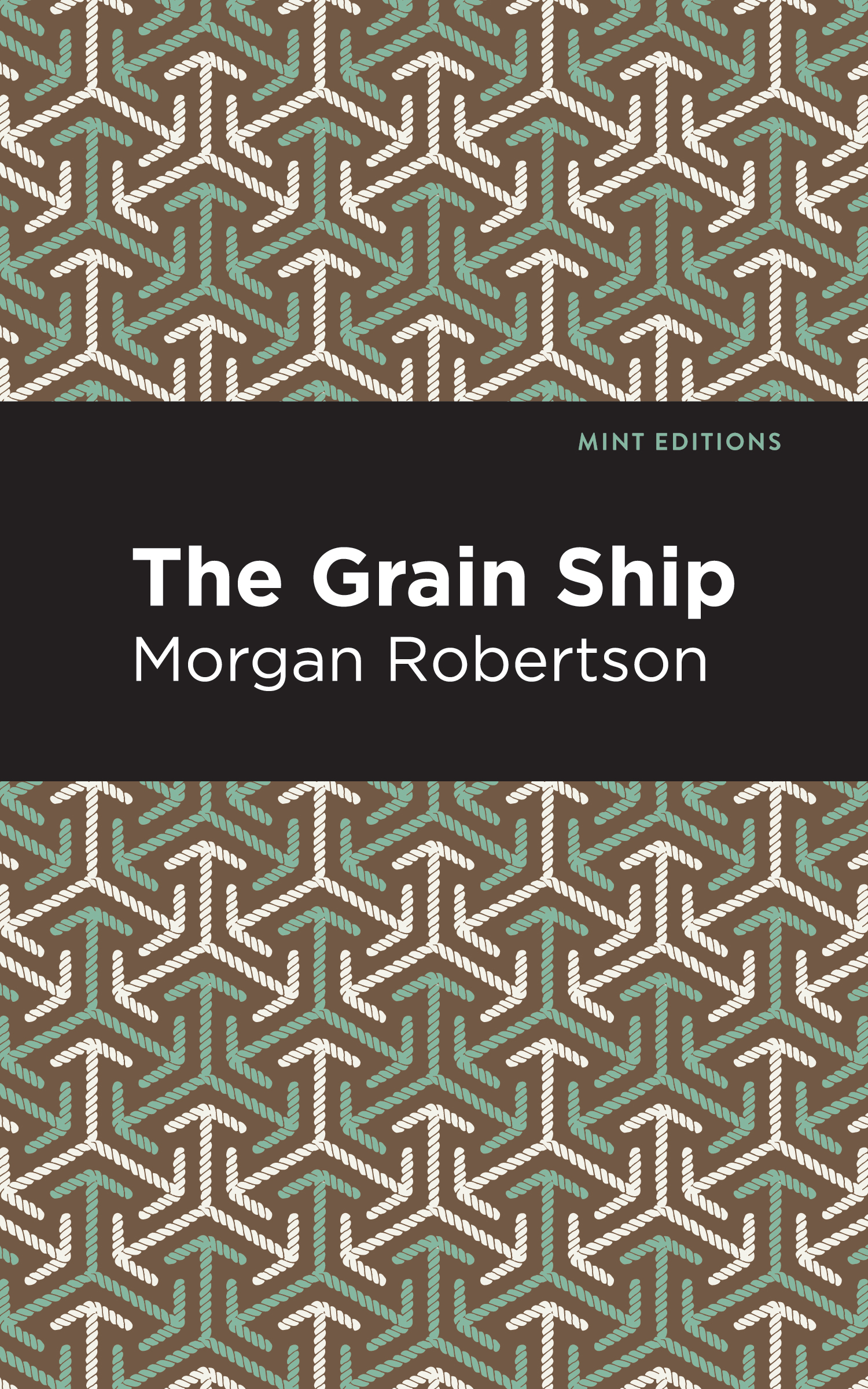Morgan Robertson
Morgan Andrew Robertson (September 30, 1861 – March 24, 1915) was an American author of short stories and novels, and the self-proclaimed inventor of the periscope.
Robertson was the son of Andrew Robertson, a ship captain on the Great Lakes, an
... Read more
Morgan Andrew Robertson (September 30, 1861 – March 24, 1915) was an American author of short stories and novels, and the self-proclaimed inventor of the periscope.
Robertson was the son of Andrew Robertson, a ship captain on the Great Lakes, and Amelia (née Glassford) Robertson
Morgan went to sea as a cabin boy and was in the merchant service from 1866 to 1899, during which he rose to first mate. Tired of life at sea, he studied jewelry making at Cooper Union in New York City and worked for 10 years as a diamond setter. When that work began to impair his vision, he turned to writing sea stories, placing his work in such popular magazines as McClure's and the Saturday Evening Post. Robertson never made much money from his writing, a circumstance that greatly embittered him. Nevertheless, from the early 1890s on he supported himself as a writer and enjoyed the company of artists and writers in a small circle of New York's bohemia.
Robertson is best known for his short novel Futility, or the Wreck of the Titan, first published in 1898. This story features an enormous British passenger liner called the SS Titan, which, deemed to be unsinkable, carries an insufficient number of lifeboats. On a voyage in the month of April, the Titan hits an iceberg and sinks in the North Atlantic, resulting in the loss of almost everyone on board. There are many close similarities with the real-life disaster of the RMS Titanic. The book was published 14 years before the actual Titanic, carrying an insufficient number of lifeboats, hit an iceberg on the night of April 14, 1912 and sank in the North Atlantic, killing most of the people on board. The similarities between the two have partially fuelled conspiracy theories regarding the Titanic.
In 1905, Robertson's book The Submarine Destroyer was released. It described a submarine that used a device called a periscope. Despite Robertson's later claims that he had "invented" a prototype periscope himself (and was refused a patent), Simon Lake and Harold Grubb had perfected the model used by the U.S. Navy by 1902, three years before Robertson's "prescient" novel.[citation needed]
In 1914, in a volume that also contained a new version of Futility, Robertson included a short story called "Beyond the Spectrum", which described a future war between the United States and the Empire of Japan, a popular subject at the time.[citation needed] Japan does not declare war but instead launches sneak attacks on United States ships en route to the Philippines and Hawaii; an invasion fleet about to launch a surprise attack on San Francisco is stopped by the hero using the weapon from a captured Japanese vessel. The title refers to an ultraviolet searchlight used by the Japanese, but invented by the Americans, to blind American crews.
Robertson authored Primordial / Three Laws and the Golden Rule, a novella about shipwrecked children growing up together and falling in love on a desert island. Fans of Edgar Rice Burroughs' acknowledge Robertson's contribution to the works of Henry De Vere Stacpoole, particularly The Blue Lagoon. They believe that both Robertson's and Stacpoole's writings influenced Burroughs in his creation of Tarzan of the Apes.[1]
Less
















